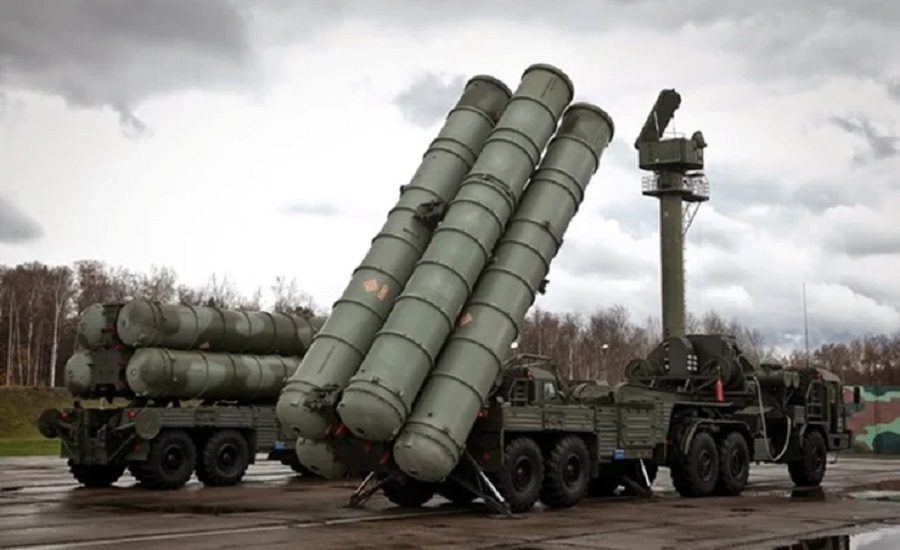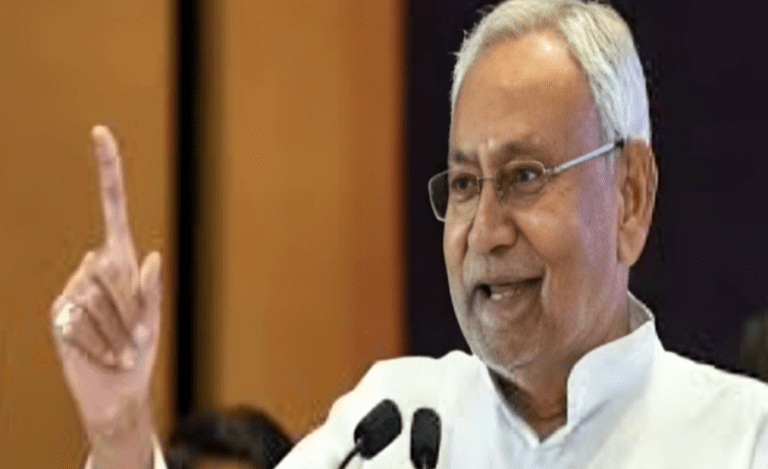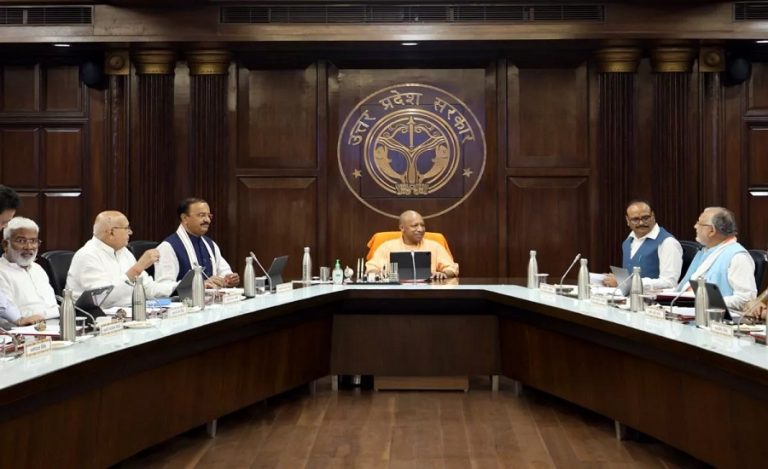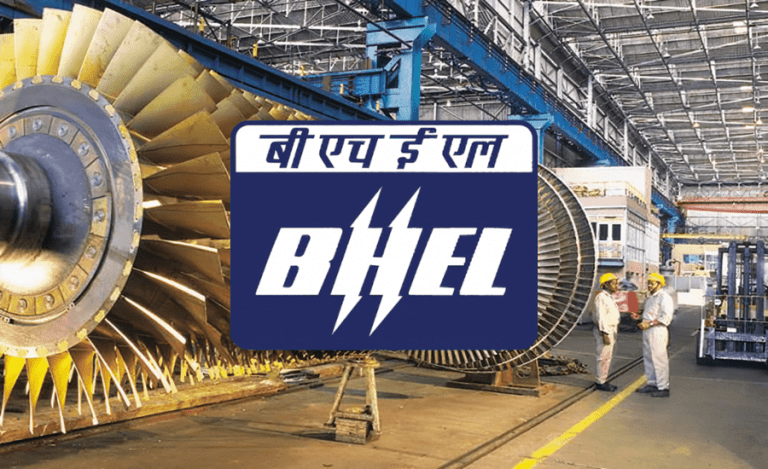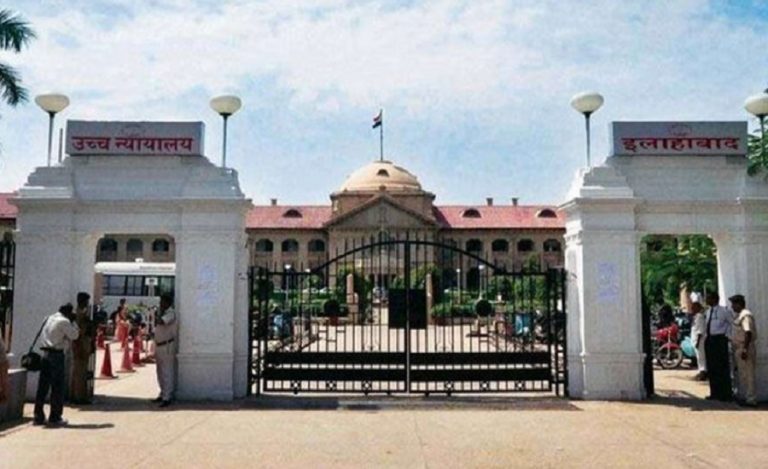Moscow/New Delhi: India and Russia are entering a new phase of defence cooperation as Moscow eyes participation in India’s Sudarshan Chakra project. The advanced air defence system, unveiled by Prime Minister Narendra Modi during his Independence Day address, is projected as a next-generation platform to enhance India’s indigenous capabilities.
Russian Charge d’Affaires Denis Babushkin confirmed that Russian expertise and equipment could be integrated into the programme. This reinforces Moscow’s intent to remain central to India’s evolving defence architecture, even as New Delhi pursues diversification and self-reliance under Atmanirbhar Bharat.
Sudarshan Chakra: Russia’s Bid to Stay Integral
The Sudarshan Chakra initiative marks a significant leap in India’s defence modernisation. Moscow, India’s long-standing military partner, views its inclusion as critical to sustaining defence collaboration despite India’s growing partnerships with other global players.
Russia’s participation is expected to strengthen joint technological development while ensuring operational compatibility with existing platforms in India’s arsenal.
Energy Ties Under Western Pressure
Beyond defence, Russia remains a vital energy partner for India. Babushkin sharply criticised U.S. pressure on India to reduce Russian crude imports, calling it “unjustified” and harmful to global economic stability.
India, however, has defended its stance, citing affordability, security, and national interest as the driving factors. Discounted Russian barrels shielded India from volatile prices, with Moscow’s share in Indian oil imports surging to 35.1% in FY 2024–25, up from 1.7% in 2019–20.
Navigating Sanctions and Tariffs
Western sanctions on Moscow created indirect hurdles for Indian companies, with Washington even imposing a 25% tariff on Indian goods. Notably, similar measures were not applied to China, despite Beijing being Russia’s largest crude buyer. This double standard has drawn criticism in both New Delhi and Moscow.
Russia estimates sanctions could trigger a 5% fluctuation in oil prices. Yet, officials remain confident that negotiations and strategic adjustments will sustain bilateral cooperation. Moscow has also accused Western powers of adopting a “neo-colonial mindset” aimed at curbing India’s autonomy.
Expanding Bilateral Trade Horizon
Looking ahead, India and Russia aim to raise bilateral trade to $100 billion by 2030. Moscow has offered its domestic market as a key outlet for Indian exports, particularly if U.S. tariffs constrain access to Western economies. This strategy supports India’s long-term goal of diversifying exports and reducing reliance on developed markets.
Strategic Resilience in Defence and Energy
The twin pillars of defence and energy cooperation underscore the resilient nature of India–Russia ties. Defence collaboration continues to build on decades of trust and shared technological ventures, while energy trade offers India cost-effective and reliable supply chains.
Despite mounting U.S. pressure, both nations remain committed to preserving strategic autonomy and reinforcing their role in shaping a multipolar world order. For India, the partnership balances economic pragmatism with independent foreign policy. For Russia, it reaffirms its pivot eastward as a global power under Western sanctions.

